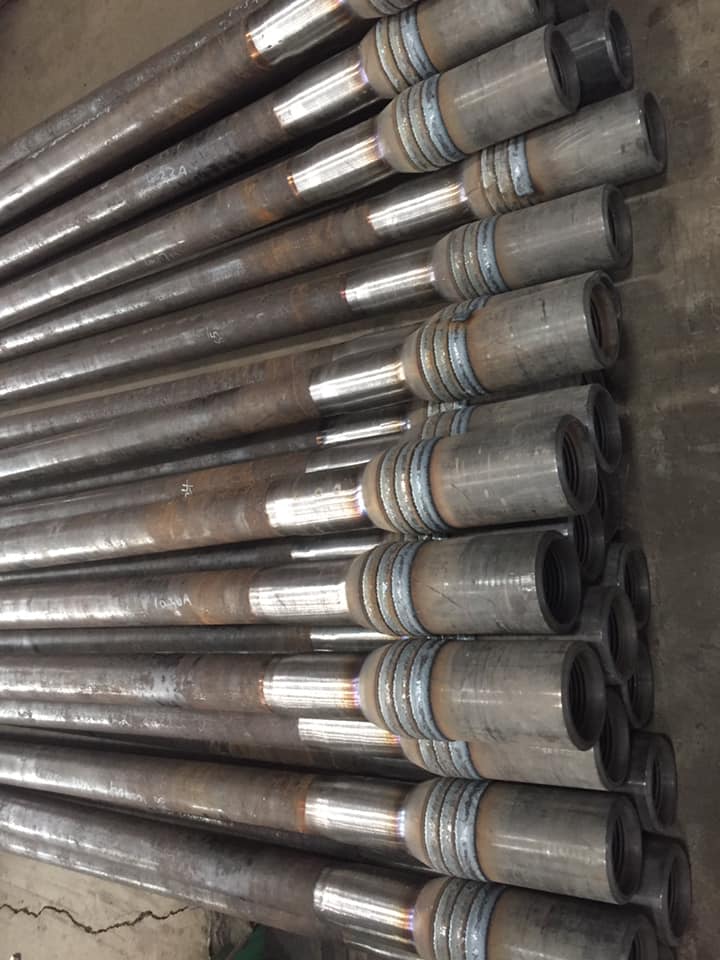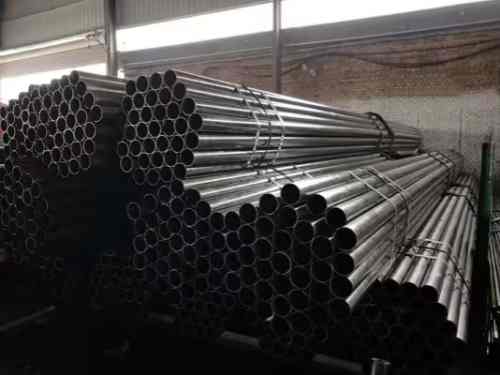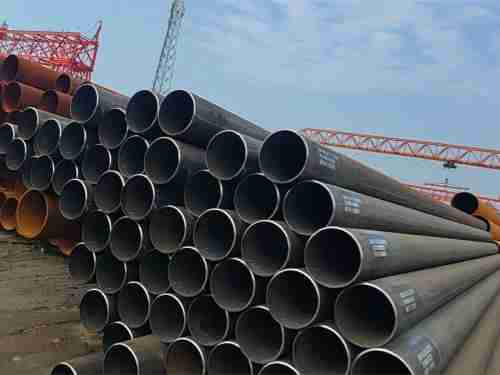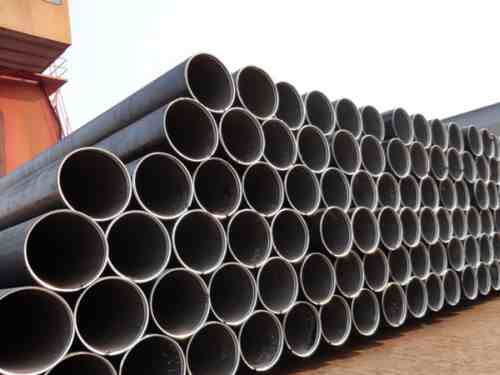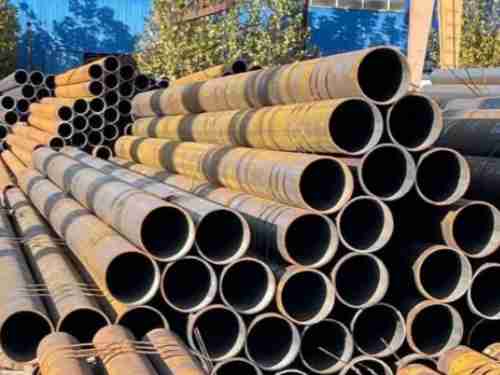Drill pipe can be divided into ordinary drill pipe, square tooth drill pipe and weighted drill pipe according to different threads. Ordinary drill pipe is the main part of the drill string. The square tooth drill pipe is connected to the top and the drill collar is connected to the bottom. The square tooth drill pipe is located at the uppermost end of the drill string, its main function is to transmit torque, and its work is to bear the weight of the drill string. The most commonly used is the square fang drill pipe. The weighted drill pipe is the transition drill string section between the ordinary drill pipe and the drill collar. It can effectively relieve the stress concentration in the transition section in the combination of the drill collar and the drill pipe, provide the WOB and effectively reduce the drill string and the well wall. connection area and outer diameter wear rate.
With the popularization and application of drilling technologies such as roller cone drilling, air down-the-hole hammer drilling, and gas lift reverse circulation drilling, API series in-well drill string components and downhole tools have also been widely used. In particular, the API series drill joint threads connecting the drill string components play an indispensable role. The drill pipe joint thread can be divided into: digital thread (NC), inner flat thread (IF), through-hole thread (FH) and regular thread (RGE)
according to the type of the tested oil drill pipe joint thread.
Numerical (NC) threads are threads expressed in numerical values of inches and tenths of an inch in the pitch diameter of the thread base. All specification threads use a V-0.038R flat-top and round-bottom triangular profile, which features a round bottom radius of 0.038 inches (0.965mm). The digital thread is the preferred thread recommended by API. This type of thread can be divided into 1:6 and 1:4 types according to the taper. It is used in drilling tools such as kelly drill pipe, drill pipe, drill collar, drill tool stabilizer , NC50 threads are also used on drill bits in Daqing Oilfield.
The inner flat (IF) joint is threaded to connect the outer or inner and outer thickened drill pipes to form a diameter equal to or similar to the inner diameter of the drill pipe joint, the inner diameter of the thickened pipe body and the inner diameter of the pipe, and the drilling fluid flow resistance is small, but the outer diameter Large and easy to wear. All specification threads use the V-0.065 flat top and flat bottom triangular profile, which has a flat bottom and a top width of 0.065 inches (1.651mm). Except for 5 1/2 IF, other specifications threads are interchangeable because of the same structural dimensions as the corresponding digital threads. However, this type of thread is easy to cause stress concentration due to its tooth structure, so API has eliminated it, including 4 1/2 IF and 4 IF, and replaced it with NC50 and NC46 digital thread.
The through-hole (FH) drill pipe joint is threaded to connect the inner and outer thickened drill pipes, so that the inner diameter of the drill pipe joint and the inner diameter of the thickened end are equal, but both are smaller than the inner diameter of the drill pipe pipe. Although the specifications of this type of thread are few, V-0.065, V-0.050 (the bottom of the tooth is arc, the width of the tooth crest is 0.050 inches, 1.27mm) and V-0.040 (the bottom of the tooth is arc, the tooth is The top width is 0.040 inches, 1.02mm) three tooth types, which have been widely used in faucets, square drill rods, drill rods, drill collars and drill bits. Now, except for 5 1/2 FH and 6 5/8 FH, which use V-0.050 tooth form and 1:6 taper large-size threads, the rest are in the list of API obsolete threads. The only 4 FH with V-0.065 profile is replaced by the digital thread NC40 like the internal flat thread.
The regular type (RGE) drill pipe joint thread was used to connect the inner thickened drill pipe, forming a diameter in which the inner diameter of the drill pipe joint is smaller than the thickened inner diameter, and the inner diameter of the thickened end of the drill pipe is smaller than the inner diameter of the pipe. The main purpose of API's design of regular threads is to apply them to drill bit connections. Since the drill bit is located at the end of the drill string, the presence or absence of stress concentration at the root of the thread is irrelevant, so API retains all their specifications. This type uses V-0.050 and V-0.040 tooth forms. In the 40th edition of API SPEC 7, 1REG and 1 using V-0.055 (flat tooth bottom, tooth crest width of 0.055 inches, 1.397mm) tooth type are newly added. 1/2 REG thread in two sizes.
Drill pipes are classified differently in the market due to different manufacturers. Taking the drill pipe produced by Qianjiang Machinery as an example, it is mainly divided into twist drill pipe, imitation British drill pipe, rib drill pipe, etc. Its thread and length are customized according to customer needs. With the improvement of drill pipe research and development technology, the quality of drill pipe has been significantly improved, and the price of drill pipe is also falling. In the future, China's drill pipe market will develop towards a trend of technology, management and quality.

 Español
Español English
English
